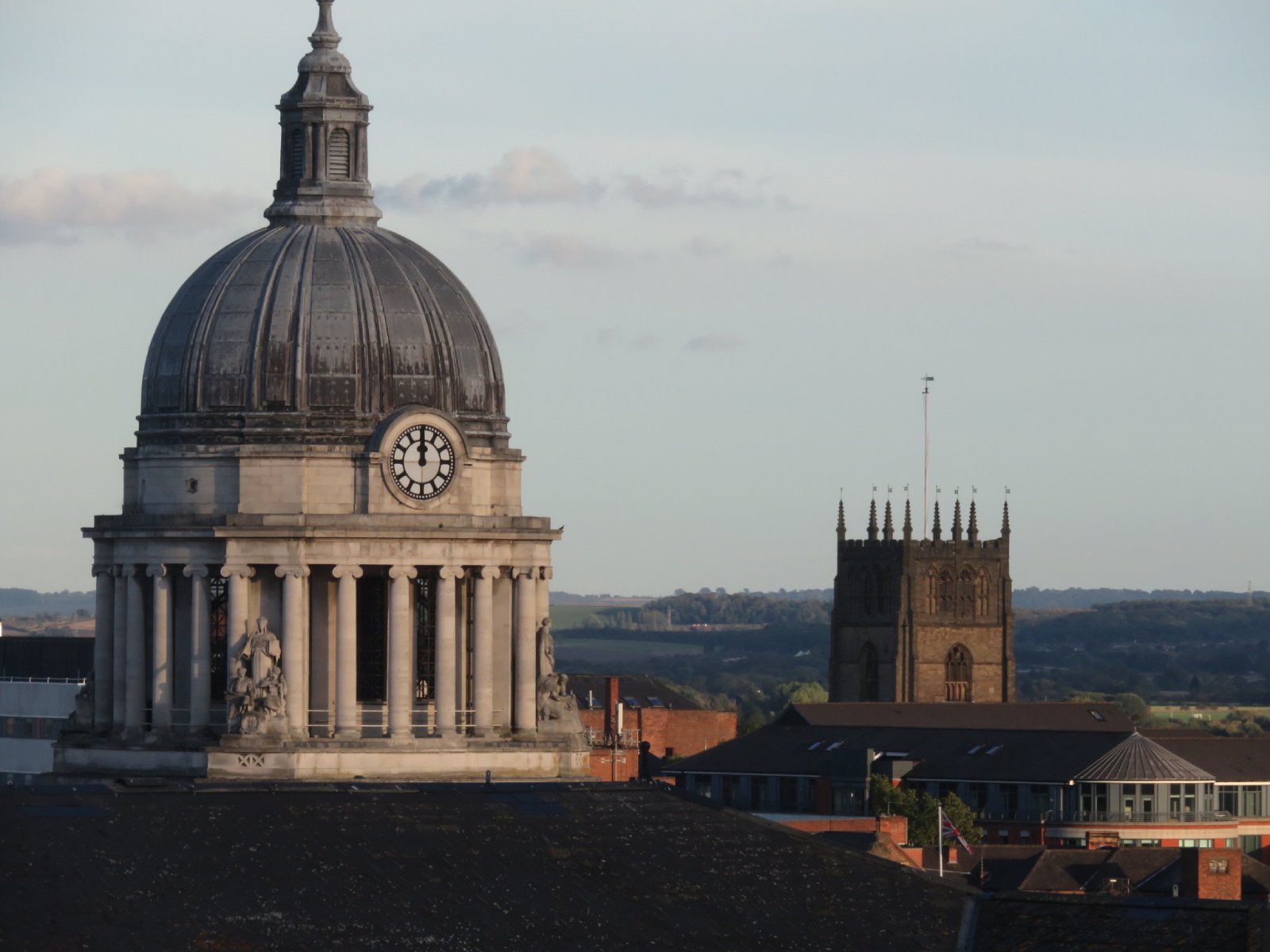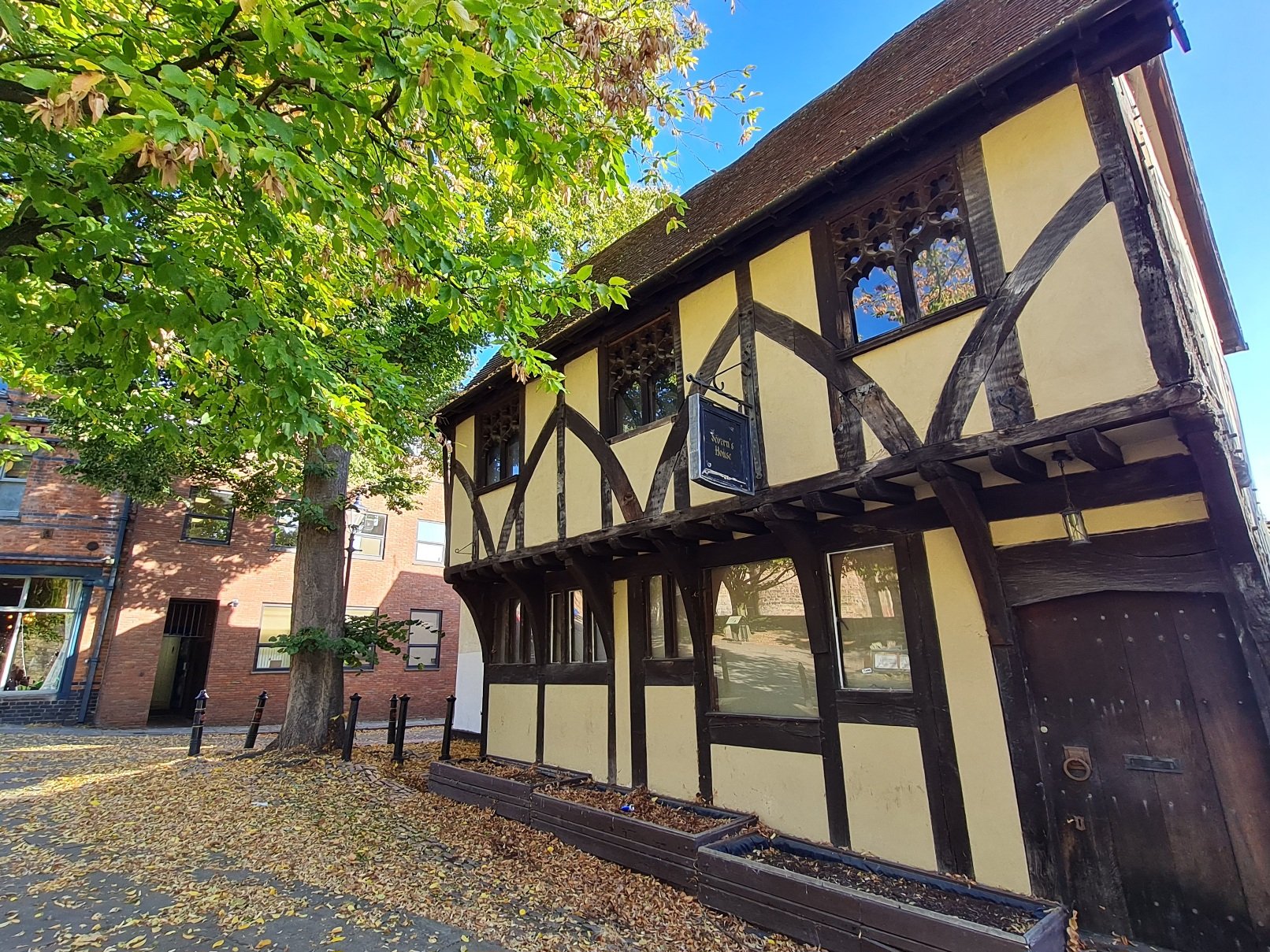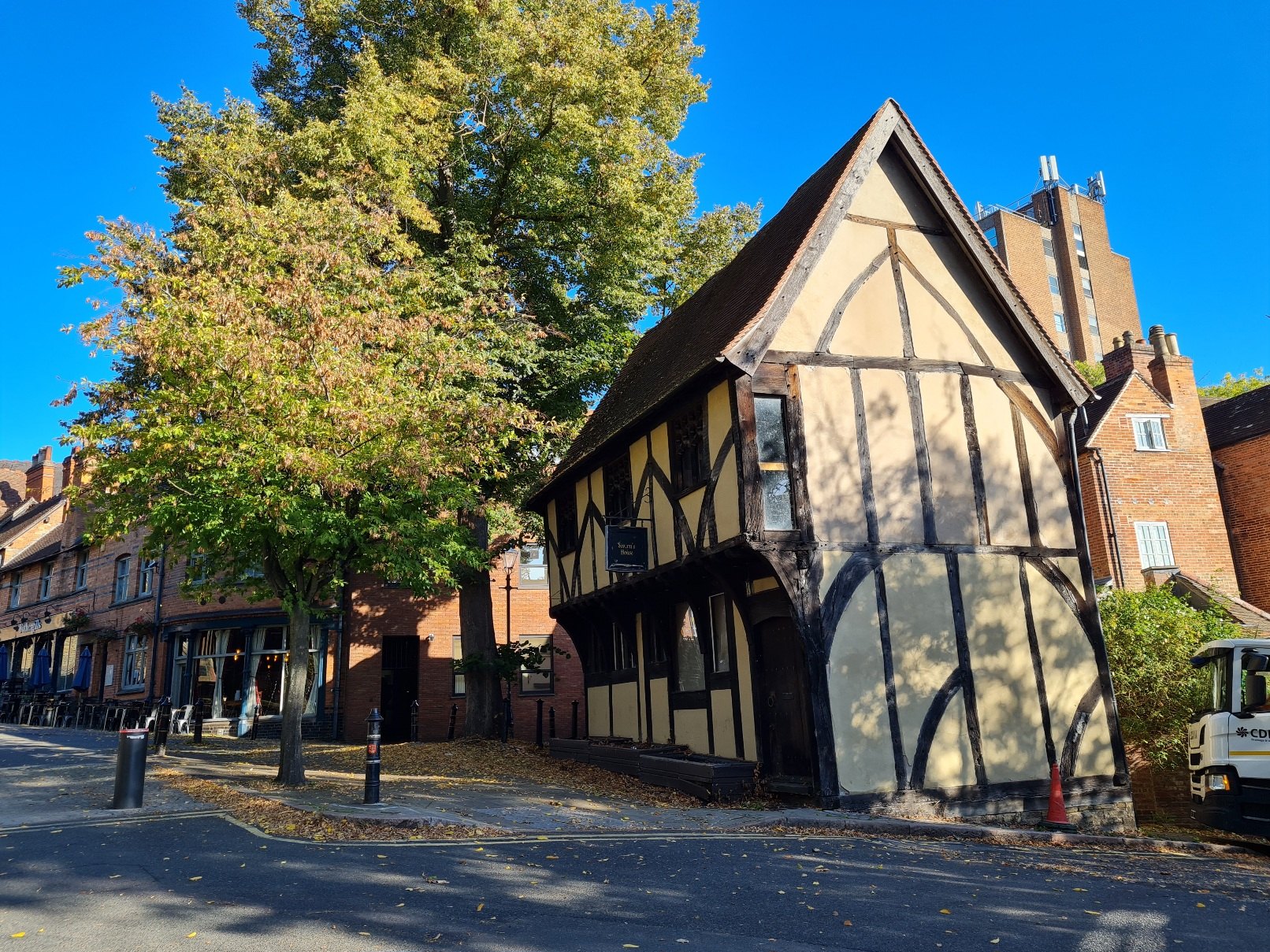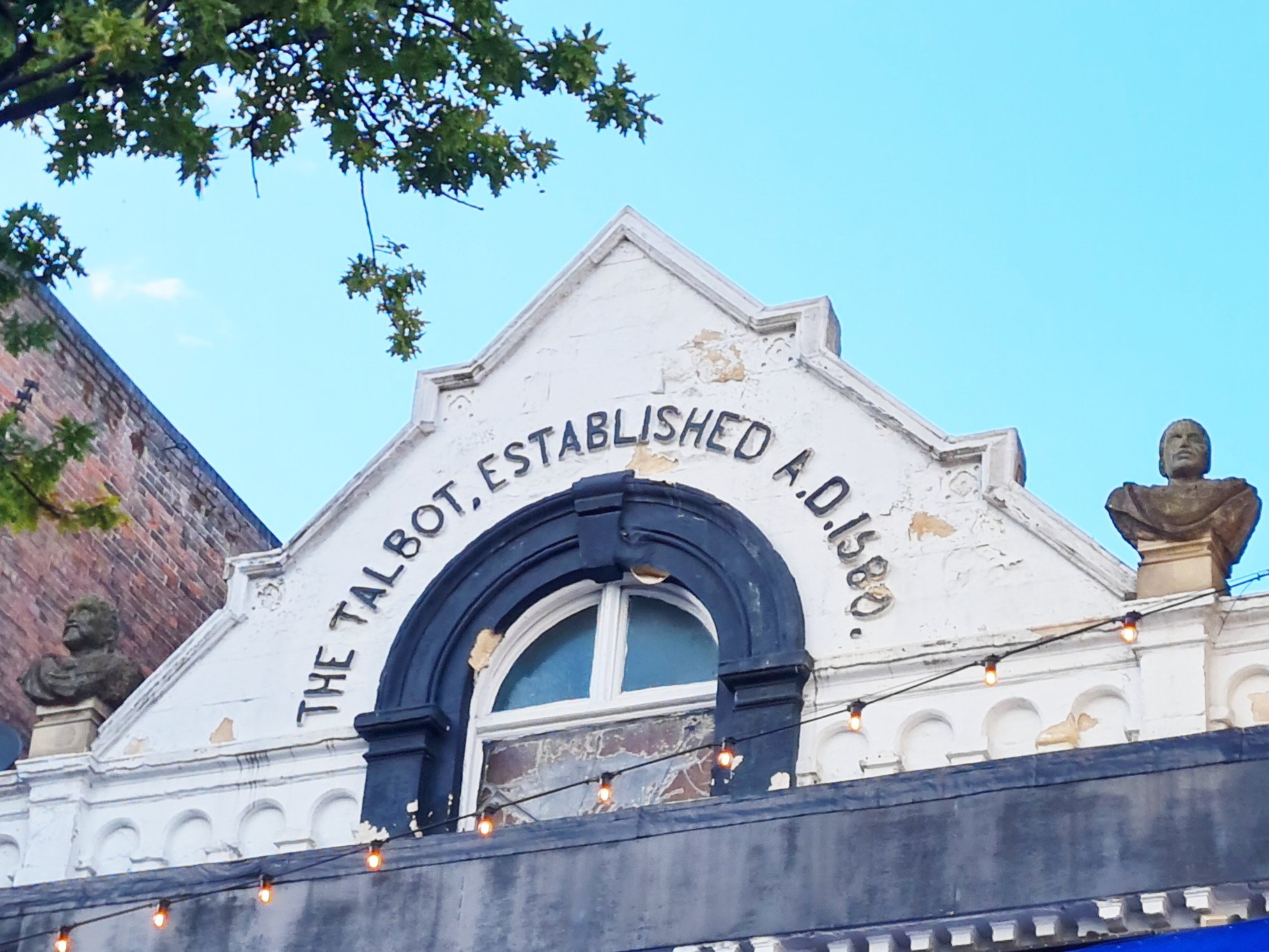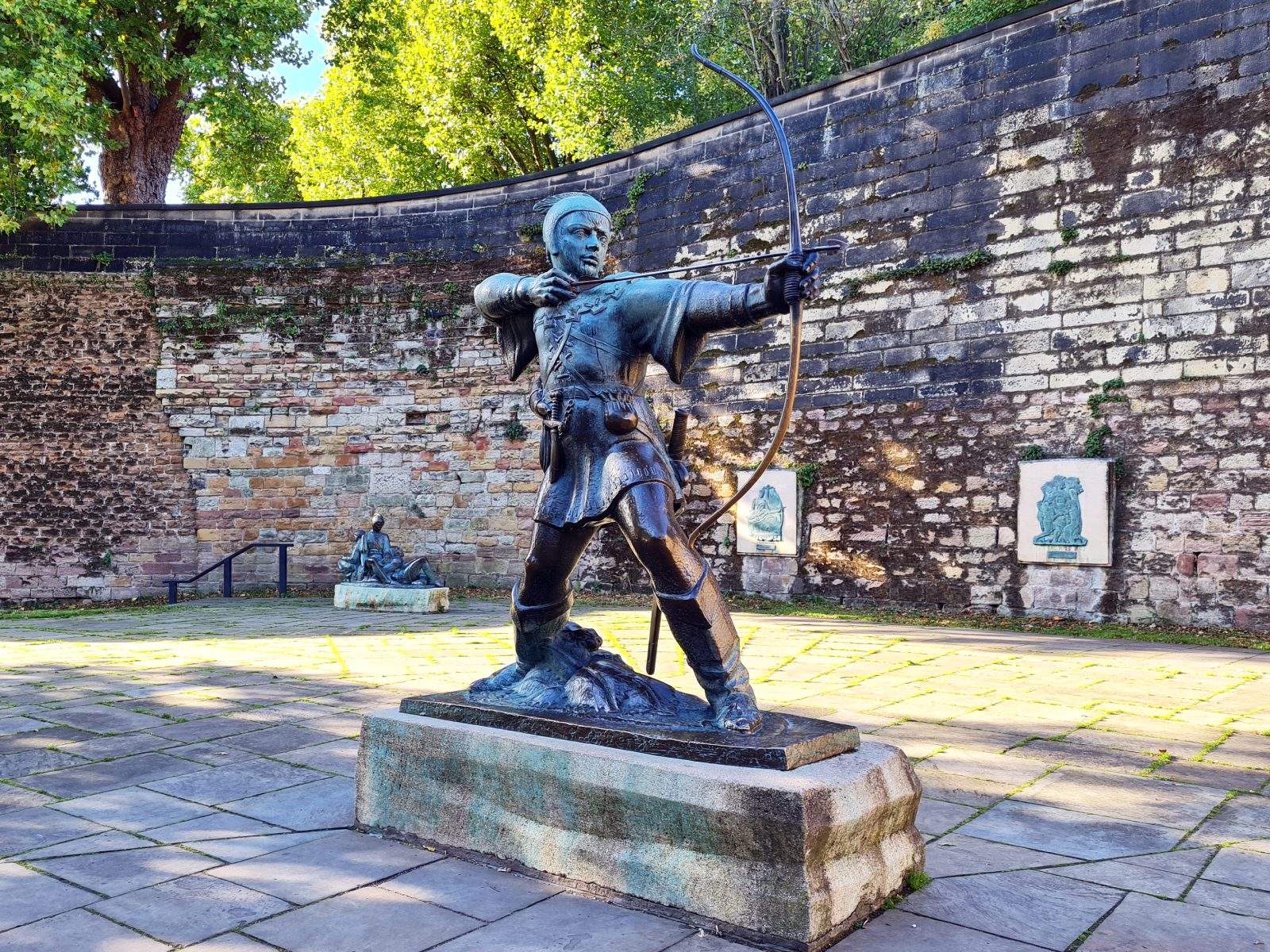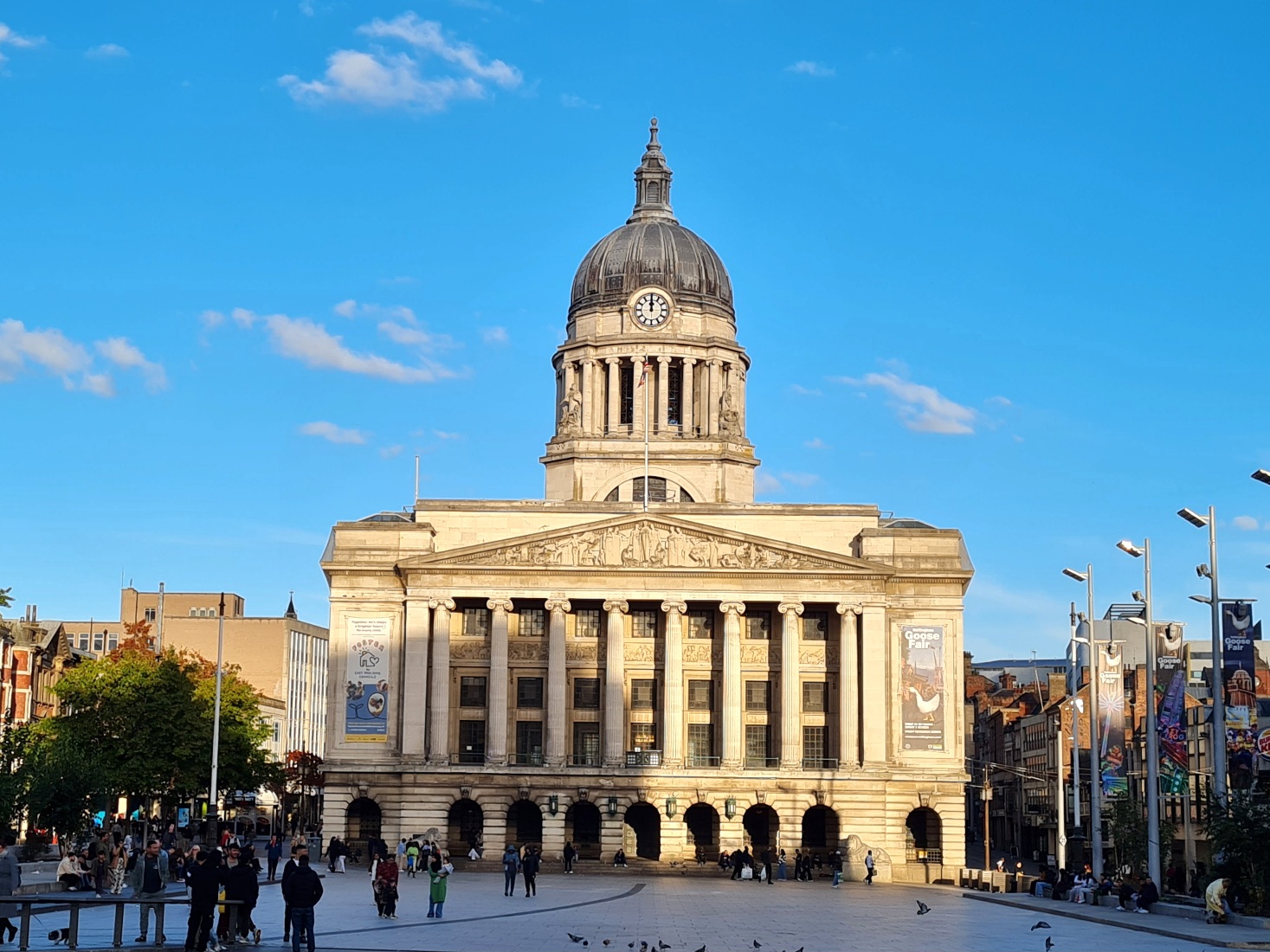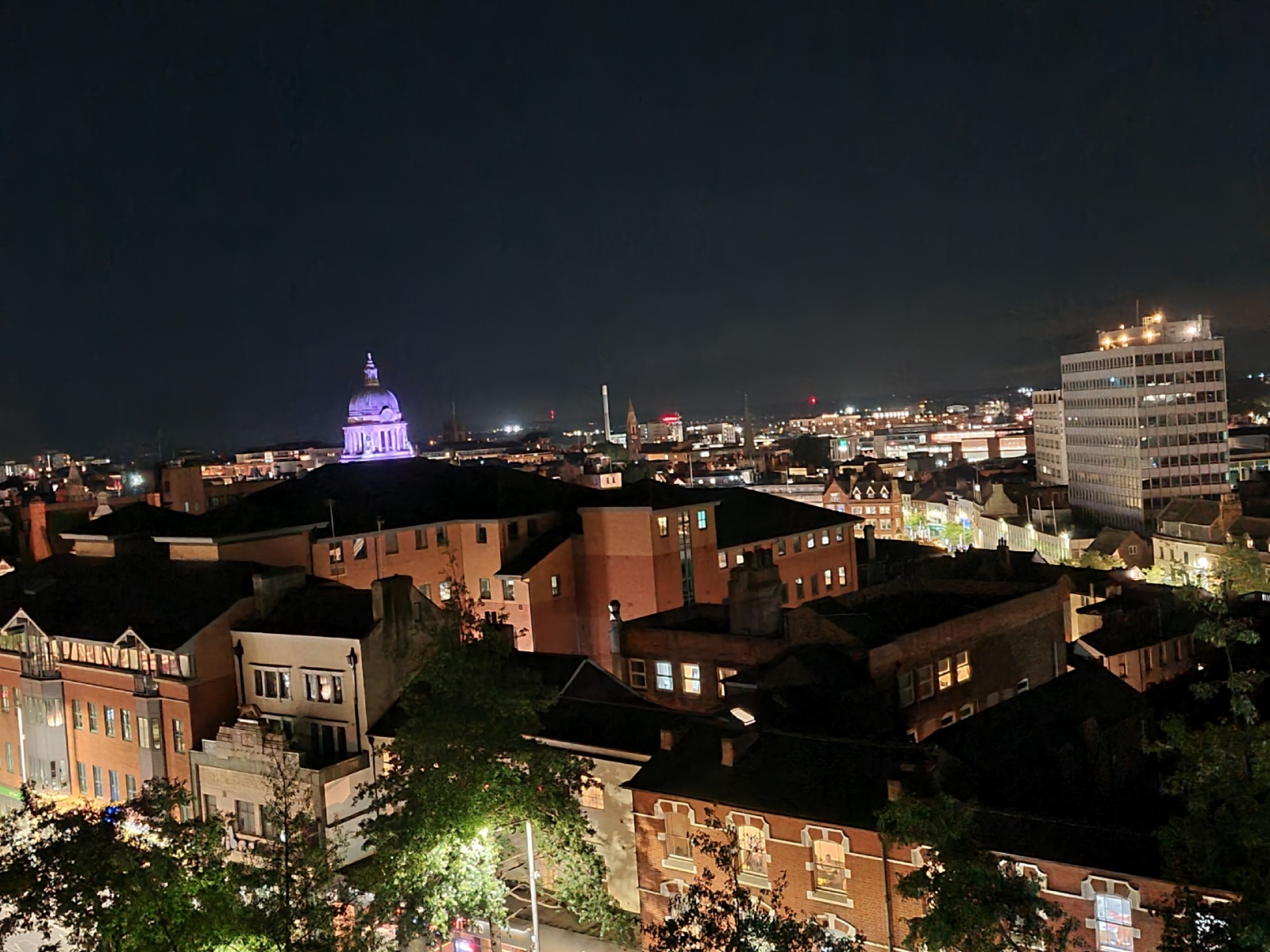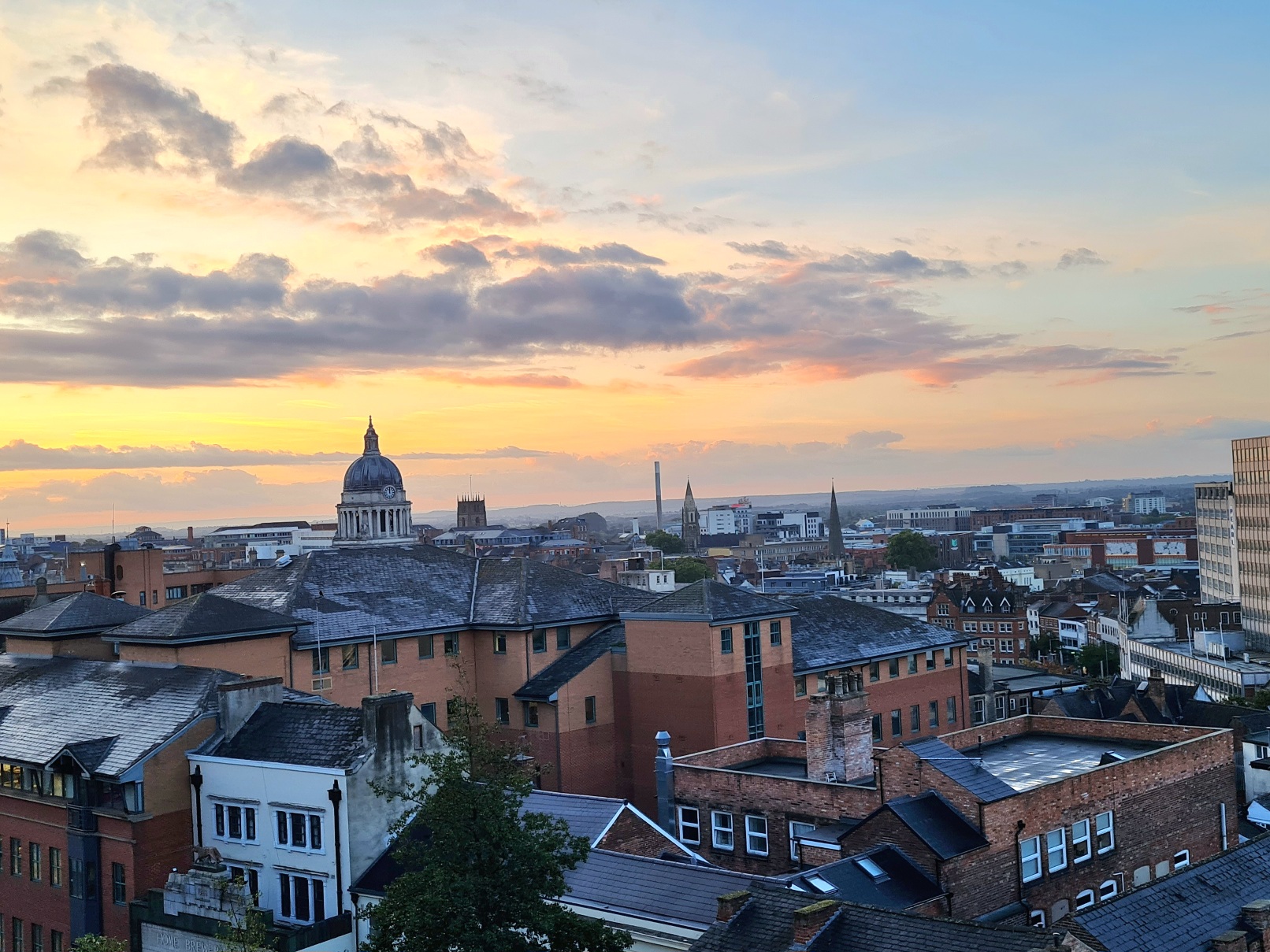On Wednesday afternoon we caught an EMR train from St Pancras Station in London to Nottingham, which took about 1.75 hours.
With a population of 330,000 people, Nottingham has an interesting history. It was settled by the Anglo-Saxons in the 6th century, then taken over by Danish Vikings in the 9th century, before being recaptured by the English in 918. William the Conqueror built Nottingham Castle in 1068, and the English Civil War officially started here in 1642.
Nottingham is also famous for the legend of Robin Hood and his Merry Men who robbed from the rich to give to the poor.
Another interesting thing about the city is that it has a network of man-made caves beneath it which were once used as dwellings, as well as for other purposes like breweries.
The Lace Market in central Nottingham became the centre of the world's lace industry during the industrial revolution - see family history info below. This precinct was also the site of the original Anglo-Saxon settlement.
We had a great view of the city from our hotel room looking out onto all of this history, including the old Council House with the dome roof in Old Market Square.
Family history connection
My great x 3 and great x 4 grandfathers on my Mum's Delves side, James Page and his son James Bentley Page, were both from Nottingham.
James Snr was born here in 1810 and worked as a lace manufacturer and merchant. He married Frances Pidcock from Manchester in 1829, and James Jnr was born in 1831.
James Jnr was a lace warehouseman in Nottingham in 1861, then later became a yarn merchant and agent. His son William immigrated to Australia in the 1880s initially to Portland, then settled in Lake Boga, near Swan Hill.
It was only after booking our accommodation in Nottingham that I recalled this family connection. Coincidentally we stayed right near the Lace Market where James and James would have worked.
View Nottingham on Google maps



